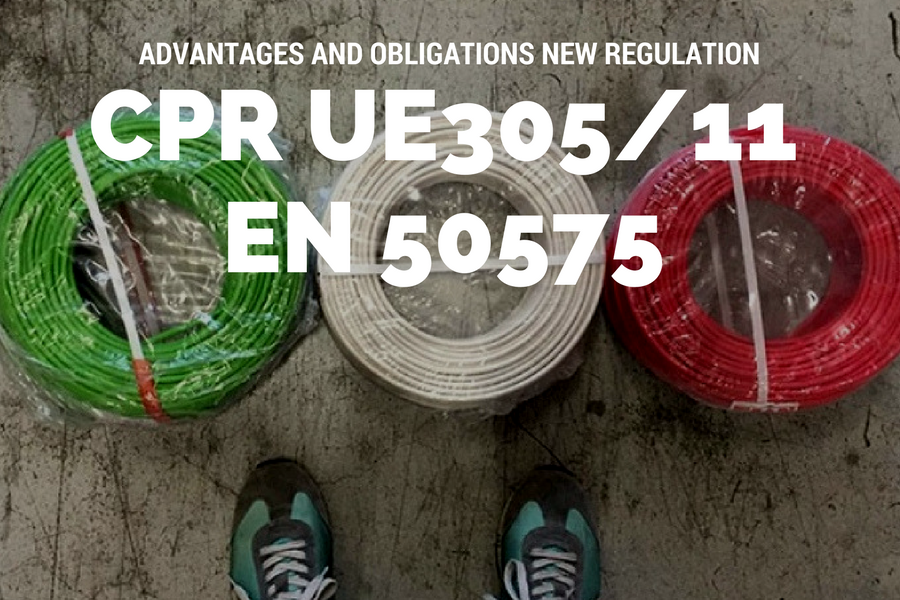We have already had to focus on the new CPR legislation that came into force on 1 July and concerns all construction materials within the EU. All alarm cables, safety cables, data cables, signal cables, and coaxial cables are included in this new regulation. Fire alarm cables, however, are temporarily excluded.

In a previous post we have already discussed what are the key features of the new CPR UE 305/11-EN50575 standard and how to recognize a conforming cable.
Today we want to get more in-depth about the features of standard CPR cables and the obligations for manufacturers, regulators and users.
The main advantages of CPR EU 305/11 will be greater transparency on the EU market (each commercially available cable must have accurate accompanying documentation characterized by a common technical language and uniform assessment methods) and a higher quality of the commercial security cables , due to a reduction in counterfeit products on the market.
The mandatory features of the cables covered by the CPR are essentially three: fire reaction, fire resistance (legislation being defined) and release of dangerous substances.
Below are the new obligations for:
- Producers: who declare the performance of their products within the Performance Statement (DOP) and affix the CE marking;
- Local regulators: who must specify product requirements for each country;
- For users (distributors, installers, and designers) who only need to buy CPR-compliant products.
The new CPR EU 305 / 11- EN50575 standard has become reality since 1 July. ELAN guarantees compliance with the regulations for each cable and makes available all its Performance Declarations (DOPs). For anyone who needs more information about CPR certification, ELAN remains available for additional clarifications and clarifications.
